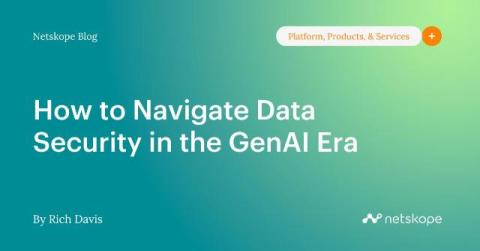Mary Calam Joins The Cyber Helpline as Trustee
Mary had a long career in the UK government, working in senior roles in a range of agencies across counter terrorism, national security and law enforcement, including the Independent Police Complaints Commission and the Serious Organised Crime Agency. Her last executive role was as Director General for Crime, Policing and Fire in the Home Office.











